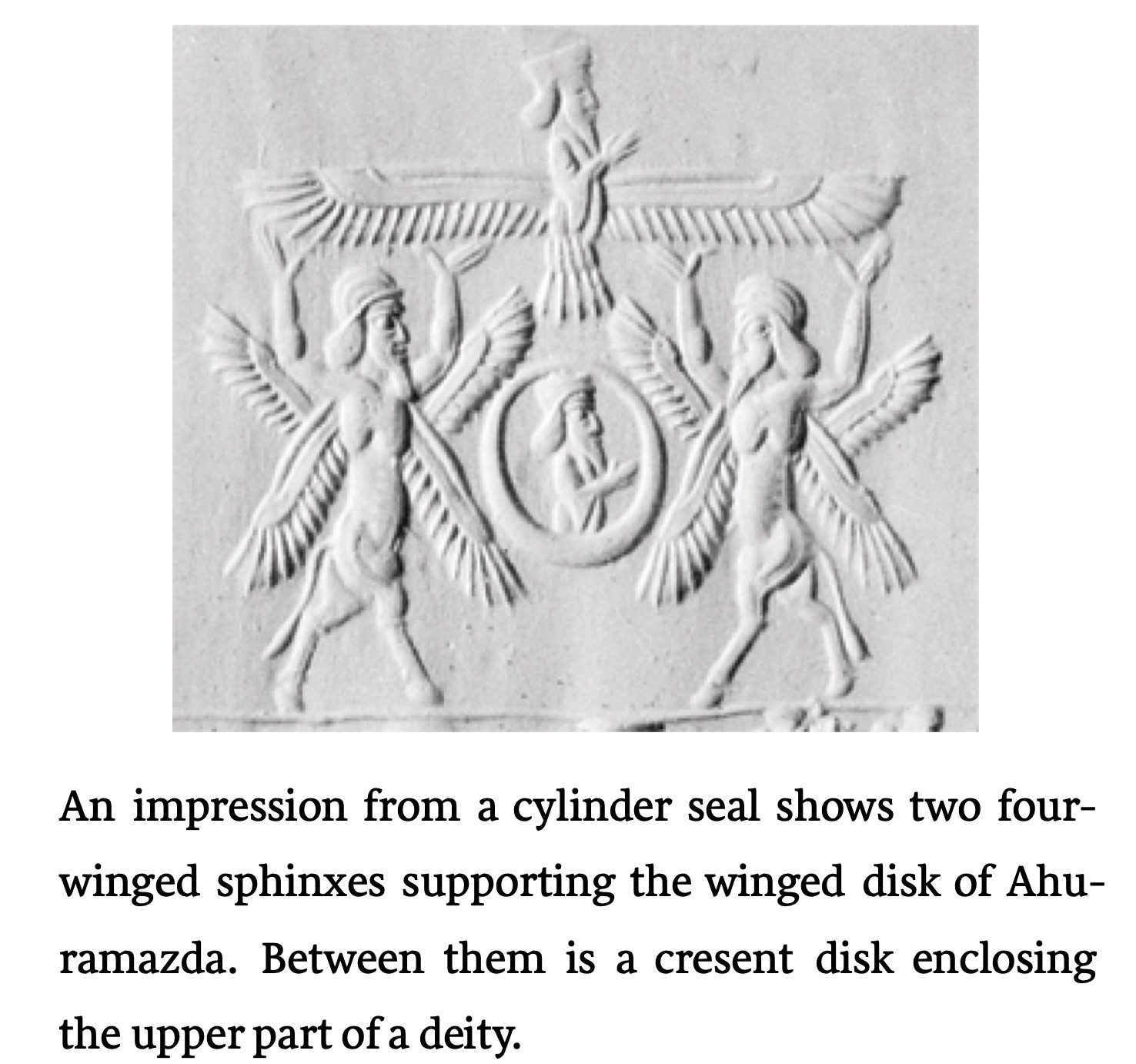As the bible refers to "cherubim" without defining what they are, you can assume that this is a word that was already known, so we look to the cultural context to see what they were represented as. That will require pictures, so I've included some here so we can have a similar understanding to Ezekiel's intended audience.
Visual Representations of Cherubim prior to Ezekiel's vision
Cherubim is transliteration of Hebrew כְּרֻבִ֛ים (keruvim) that is conjectured to come from k-r-b "to bless". They are the mesopotamian equivalent to Egyptian sphinxes, in that they are composite humanoid creatures that attend to God's throne or guard a sacred tree. All cherubim found so far can be connected to a throne or sacred tree.

Cherubim or their equivalent - have been found from Egypt to Greece, Turkey and Iran, appearing in a number of specific forms, but always guarding a throne or a tree.

Cherubim often appear underneath a god, holding him up or pulling a chariot.

And this tradition goes back at least to the third millennium BC, long before Ezekiel

Here is an ancient cylinder seal from Persia that was roughly contemporaneous with Ezekiel, and also shows a throne lifted on a firmament and a wheel held by two cherubim with four wings and calfs feet:

Textual representations of Cherubim in the Bible
The bible follows the similar pattern, with cherubim depicted as
- guarding the way to the tree of life in Eden (Eden is also the dwelling of God on earth) Gen 3.24
- guarding the throne of God - 2 Sam 6.2, 1 Kings 6.24-39, 2 Kings 19.15, Psalm 99.1, Isaiah 37.16
- guarding the ark of the covenant (also the dwelling place of God on earth) Ex 25.18-22, Ex 37.7-9, 2 Chron 5.8
- supporting the throne of God as it moves about - 2 Sam 22.11, Psalm 18.10
How Ezekiel recognized them
It is a mistake to count the wings as if you were a zoologist studying an animal, trying to classify it according to morphology, as cherubim are representations of spiritual beings, and therefore they can take on a number of visual representations. It would be like assuming that as Ezekiel's theophany of God (1.27) had His body look like fire below the loins and amber above, whereas Daniel's theophany in (10.6) had an entire body of Beryl and fire in his eyes, that these can't refer to the same God.
Rather than trying to impose some type of Hellenistic classification of cherubim based on their morphology, we can use a semitic understanding in which the Cherubim are recognized as cherubim because of their narrative role - namely guarding and supporting God's throne, which we've seen is the traditional role of cherubim.
This is further reinforced by the text, as Ezekiel does not recognize them as cherubim at the start, but only calls them "four creatures" [literally "animals" חַיָּה]:
Ezekiel 1:5 (KJV 1900)
Also out of the midst thereof came the likeness of four living
creatures. And this was their appearance; they had the likeness of a
man.
Why could Ezekiel not recognize them as cherubim? Because there was no throne of God or sacred tree visible.
Later on, the vision unfolded, and the throne appeared after the four creatures were seen and Ezekiel received his commission. So the next time he saw the same creatures, he was able to recognize them as cherubim, not because of the count of their wings, but because he knew that they were the same guardians of the throne of God that he saw before.
Ezekiel 10:20 (KJV 1900)
20 This is the living creature that I saw under the God of Israel by
the river of Chebar; and I knew that they were the cherubims.




